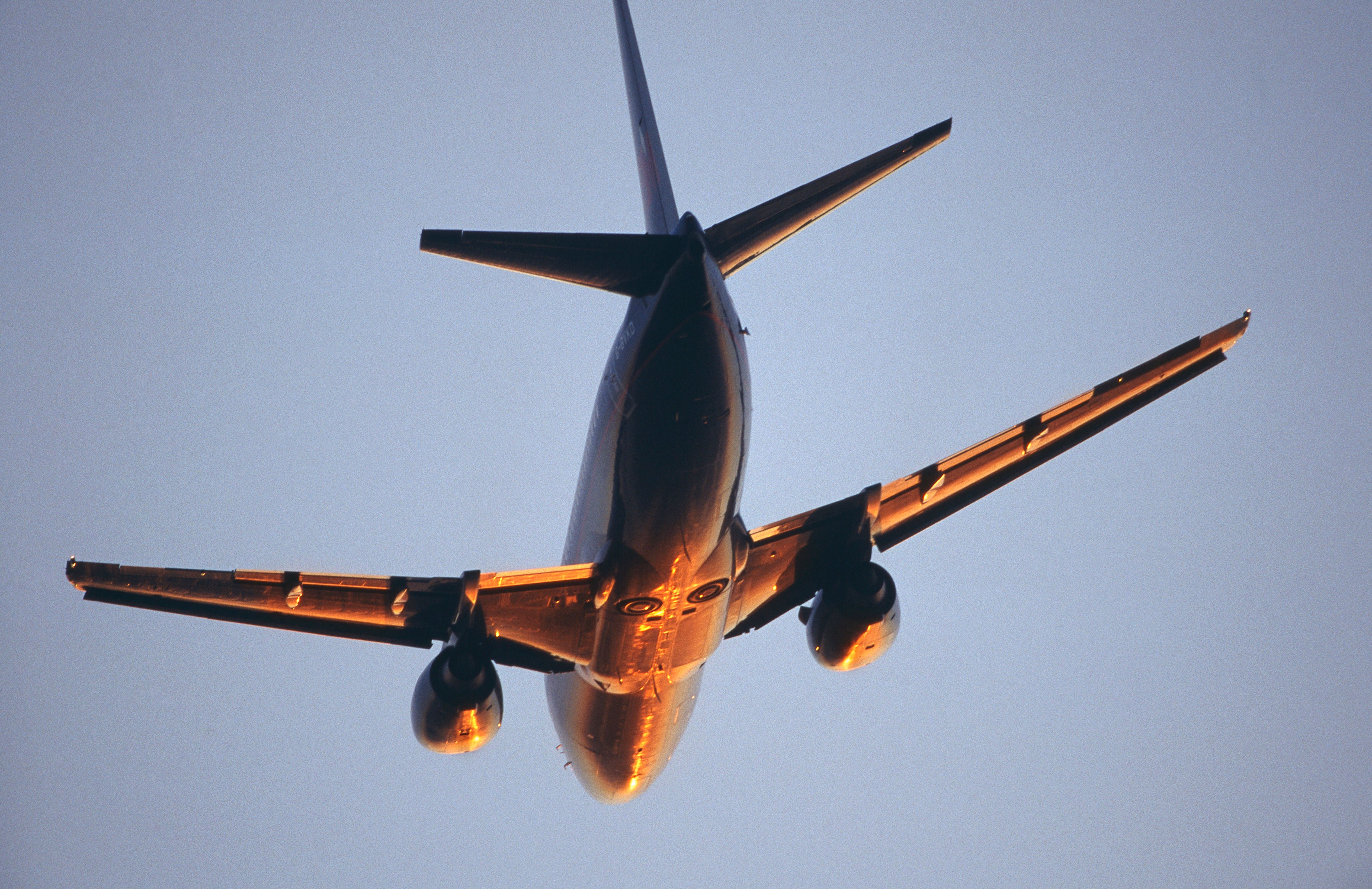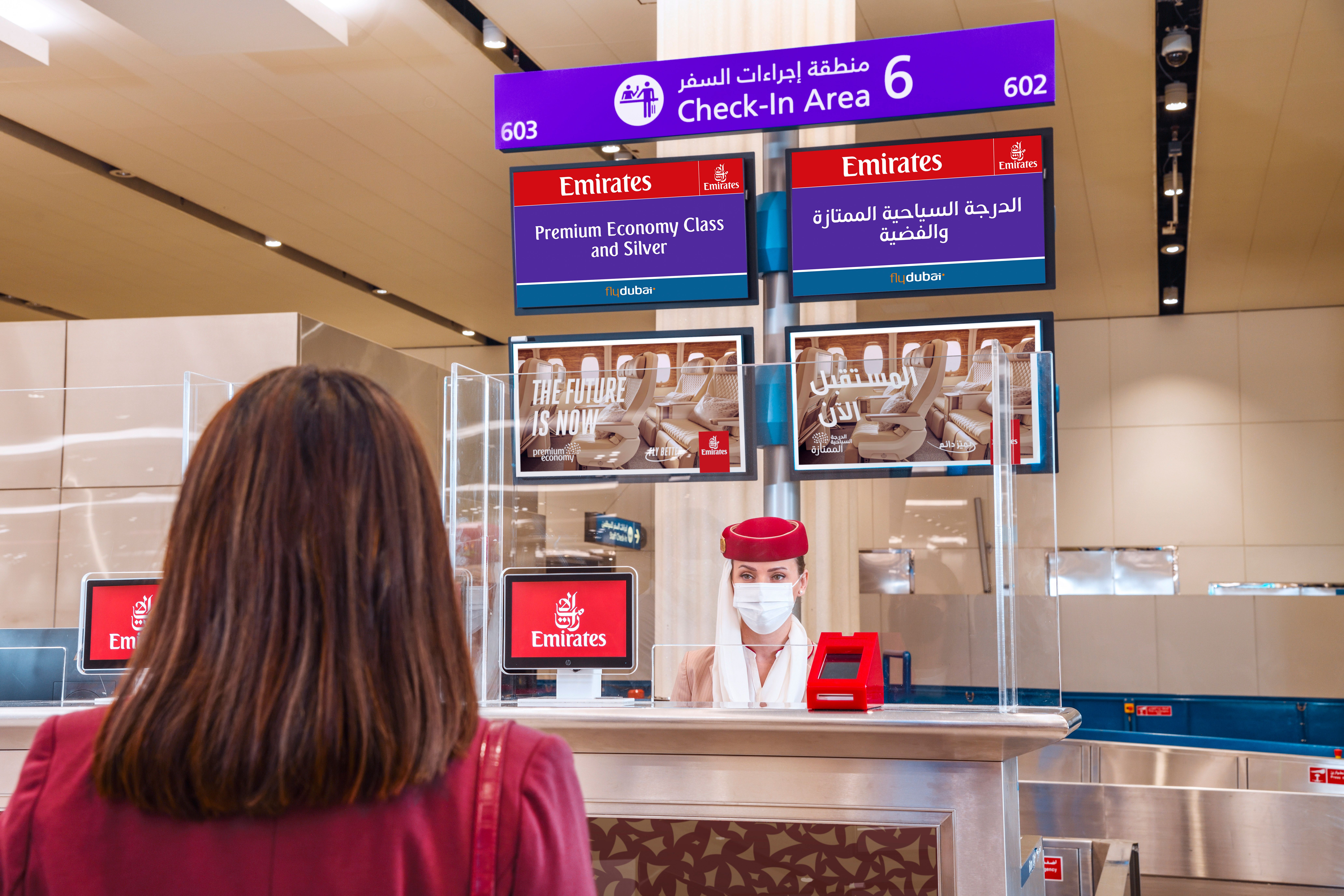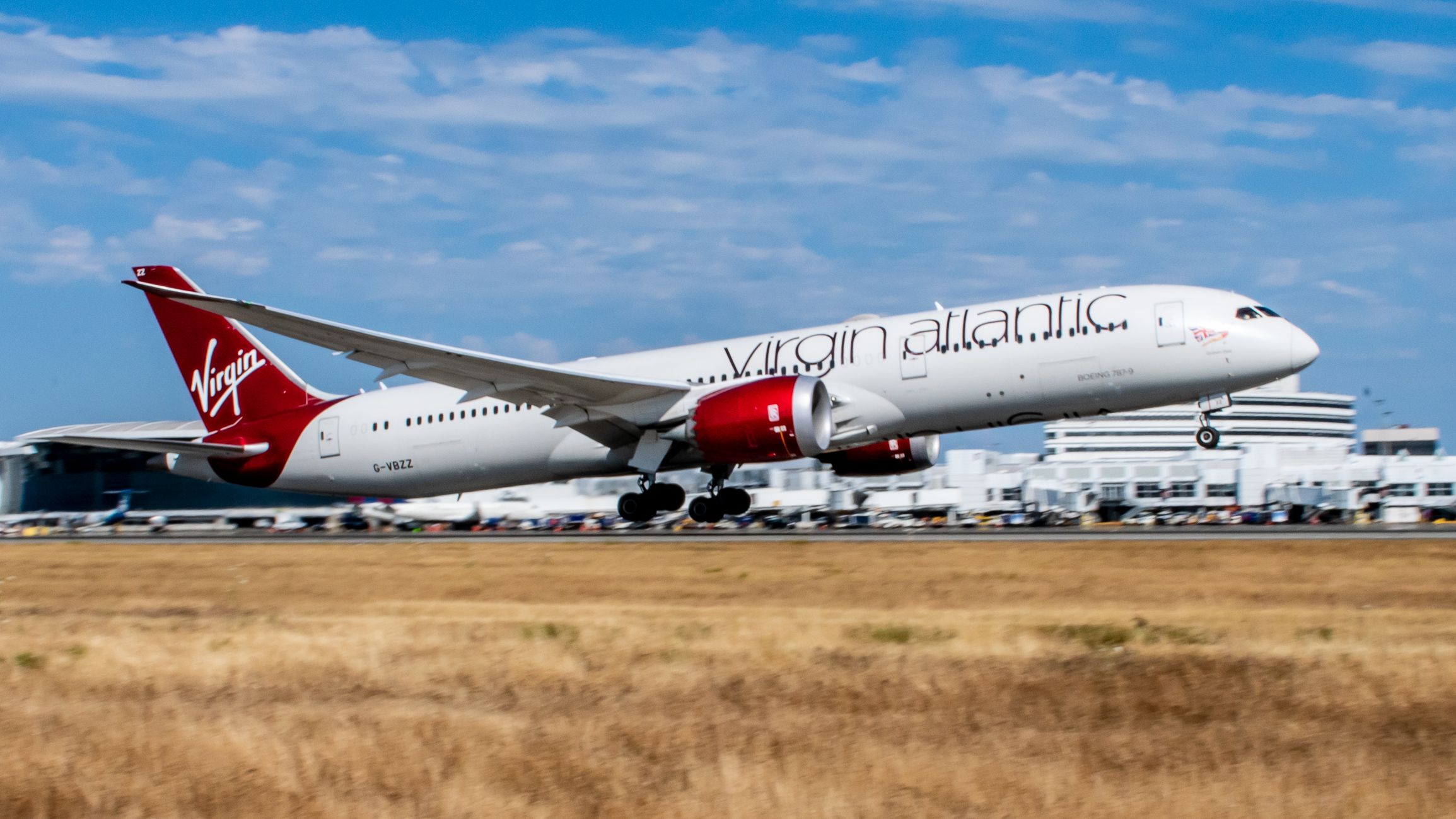Here at Simple Flying, we often write about new agreements between airlines. From codeshares to joint ventures to interline deals there are several kinds of partnerships available. But what exactly is interlining, and how does it differ from other partnerships?
What is an interline agreement?
When two airlines enter into an interline agreement, it is the most basic form of partnership you will find. In essence, it allows passengers to book through itineraries on two (or more) airlines with less hassle than booking each one separately.
Usually, if two airlines are interlining, they will handle the check-in and baggage for each other’s passengers. That means travelers only have to check in once for all the flights on the itinerary, receive all their boarding passes, and their baggage will be transferred from the first airline to the second airline without having to collect it and drop it off again.
For the airlines involved, interline deals can attract more passengers by providing easy connectivity to destinations not served by the original airline. Moreover, it can help foreign airlines reach more domestic destinations, with airlines like Emirates signing multiple interline agreements with local carriers to maximize bookings.
The downside of an interline agreement is that passengers can’t collect frequent flyer miles for the whole trip. On an Emirates booking, for example, Skyward miles would only be eligible on the EK-carrying flights. There can also be variances in things like luggage allowances for carry-on and checked bags, and there is no coordination on flight timings, so it’s not always the most efficient choice by duration.
Going beyond: Codeshares
Deeper partnerships see two carriers invest more in coordinating their operations. A codeshare is viewed as the next step up from interlining and sees airlines working together by placing their ‘codes’ on each other’s flights.
This explains why you might see several flight numbers at a boarding gate. For example, Delta Air Lines flight DL1 from New York JFK to London Heathrow is also sold as VS4000, KL6101, and AF8991 as part of codeshares or joint ventures with Virgin Atlantic, KLM, and Air France.
Full coordination: joint-venture
The next step forward is a joint venture. When airlines enter into a joint venture, they pretty much become one big airline, cooperating on everything from scheduling to pricing on routes, and sharing the revenue between them too. Details of how this type of agreement works is down to the airlines involved.
Joint ventures signify such close cooperation that they are almost as good as a merger and hence need regulatory approval as well. The main difference is that they usually operate in separate geographic areas.
For example, Delta and Virgin Atlantic have had a joint venture in place for some time, which allows for a massive transatlantic presence as well as an extensive network in Europe and America. Air France-KLM later also this partnership, further solidifying the participants’ firm footing in the transatlantic market.
For passengers, joint ventures mean traveling on any of the constituent airlines is as good as the others in theory. Miles, elite status, baggage allowances, and everything in between will be coordinated to ensure a smooth experience.



-N188DN-(2).jpg)
